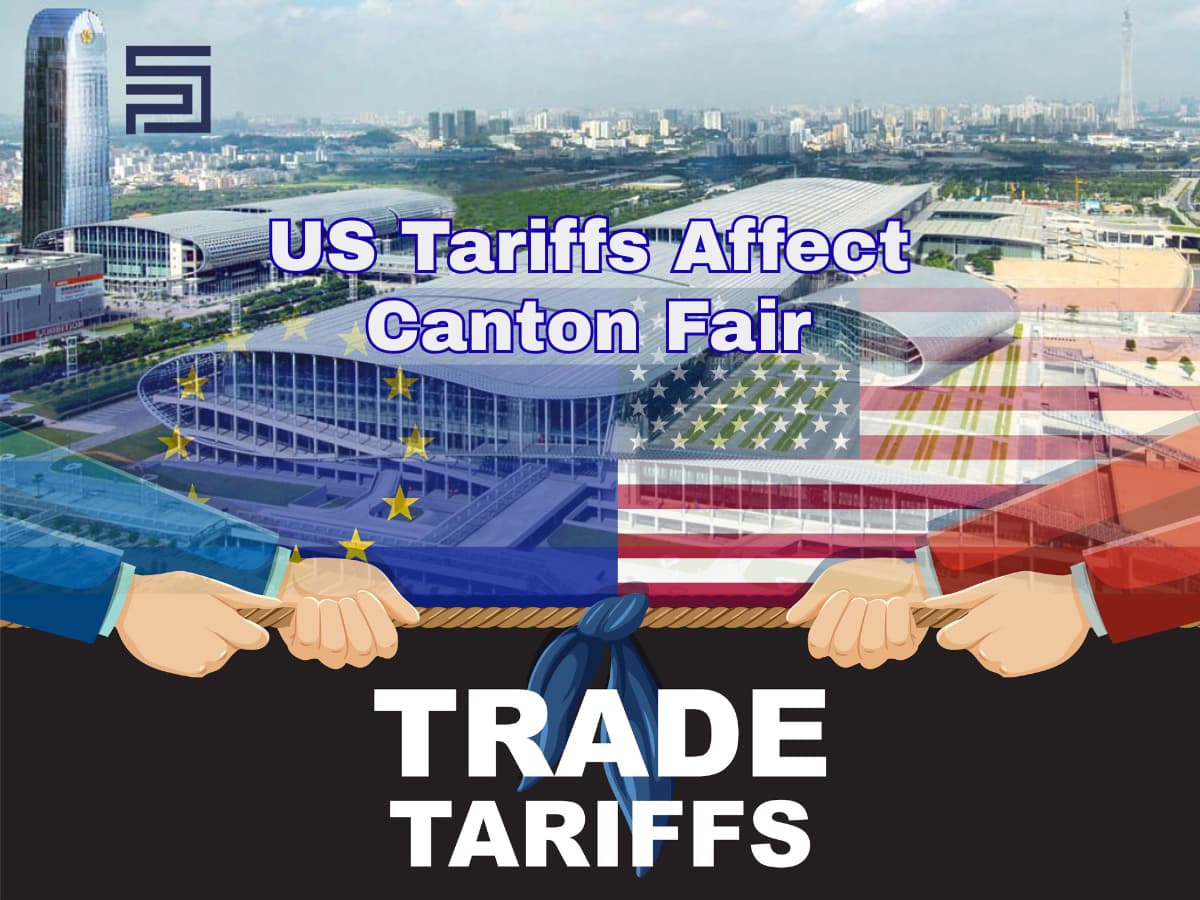There is no better way to coin the sentence than to face the reality of it and get to work on ensuring one can sustain and navigate successfully at a time when forecasting tools are inconsistent and efficiency is non-existent.
Supply Chains have been strained and stretched since the onset of COVID-19, and now, businesses must look to find solutions to remain resilient, be seen on shelves, and stay top of mind, especially with a boom in consumer spending habits that have accelerated rapidly with no sign of slowing down.
Managing supply networks in today’s world necessitates the need for constant design and redesign, risk assessment and coordination far beyond the linear patterns of purchasing > Supply > Production > and Consumption.
With the complexities that have arisen due to an ever-advancing appetite for new consumer products, processes, and timelines within the technological landscape and beyond, supply chains globally now face much more market uncertainty and sophistication hence, this calls for supply chain managers to constantly adapt to new methods in order to build a resilient supply chain for their firms.
In the past, C-Suite executives often paid little attention to the value inherent in their supply chain because it was seamless, regardless of category, and seen as complementary to the core activity driven by the firm.
It is a different terrain today, as supply chains and their effective management play an integral role and, to a greater extent, determine a firm’s competitiveness and success in the markets in which they operate.
A supply chain manager’s role and reach cuts across from strategy, production, sales, marketing, and distribution (inbound and outbound) due to the functional responsibilities of being able to deliver on time in full, control inventory, plan, schedule and mitigate product risk as it is transformed into the value intended for the final consumer.
As delays in ports, flight schedule uncertainty, and capacity shortages continue to deepen without respite globally, here are a few strategies managers can apply to tackle the situation as they avoid interruption, plan around disruptive impact, and continue in the delivery of an effective and efficient supply and demand flow:
1. Prioritize Visibility:
Firm-level supply chain managers today have a responsibility to ensure that they monitor end-to-end what occurs in the movement of goods intended for their consumers from origin to destination.
Through the use of ERP and digital management platforms to track, trace, retrieve data, and coordinate operations, managers can thus be able to determine when and in what quantity to keep contingency stocks, ascertain buffer periods that occur, and prepare accordingly from insights gleaned through available data on these platforms.
In addition, being abreast of raw materials and service routes assists in effectively organizing, cross-docking, and developing crisis mitigation methods should they arise from freight partners and suppliers while also sharing this information to assist in the continuous improvement of the general network.
Visibility today for SC managers lies beyond the window of origin to destination, as without adequate collaboration from other functional departments, insight gained is rather skewed.
Every component of production (RM/WIP/FG), Sales and Marketing, and Customer Experience report play a role in enabling a real-time comprehensive overview that serves to deliver a competent and reliable supply chain for the consumer.
2. Build Long Term Supplier Relations:
Behind every supply chain network exist people and entities. While they consist of various sub-levels and tiers, we can generally call them either producers or manufacturers.
These entities, in collaboration with procurement executives, ensure firms receive supplies or services needed at the right time, quantity, quality, cost, and factory or place agreed upon.
Taking into cognizance a firm’s revenue portfolio and product analysis, managers must develop relations and leverage connections with suppliers to secure sufficient supply that ultimately leads to less risk, prompt deliveries, and impacts the bottom line positively.
Common steps to take in supplier development that lead to innovation and a win-win outcome involve sharing the mission, vision and values a firm holds true with suppliers, as well as performance expectations to allow both parties to clearly understand the task at hand and the roadmap towards achieving it.
With a proper service level agreement to legally bind parties that includes penalties for defaults, a worthwhile situation can be continuously attained in harmony and growth.
It is pertinent to note that without intentionally building strategic relationship capital with suppliers, firms risk losing out on establishing a long-term efficient network devoid of lapses and achieving a competitive advantage in the markets they operate in if uncertainties arise. Supplier relationships matter a great deal.
3. Near Shoring and Local Ecosystem Development:
The call by C-Level executives to de-risk firm supply chains to their lowest level has never been more harmonized since the wake of the disruptions occasioned by COVID-19.
Be it from a strategic perspective for the long term or the need to have a supply vendor base that is within reach, supply chain managers have a critical duty to shop for more sustainable sourcing partners while developing mechanisms to improve their local systems and encourage near-shoring.
The benefits of having a pool of available and verified sourcing partners far outweigh the loss to be incurred should risk and bottlenecks occur, leading to the inability to supply products. Talk about port congestion, container shortages, rising costs, noncommitment to previous pricing agreements, and the increasing difficulty with getting goods to the shelf; firms are grappling with so much and must look to contiguous means for reprieve.
Nearshoring, which involves the movement of a firm’s production operations to a proximate location, is becoming an attractive choice irrespective of possible high operational cost, as it allows the firm some level of control to manage external risks such as geopolitical instability (US-China trade war) and enable products to arrive with consumers at a faster timeline.
As the global economy continues to battle these challenges, one thing we all know for certain is that change is here, and firms must adapt to its consistently rude shock waves.
From China’s zero-tolerance pandemic control measures having a ripple effect across the world to America’s port problems and Britain/Europe’s bottlenecks, a large swathe of uncertainty still lies ahead for SC Managers to tackle.
Nonetheless, with rising consumer demand that isn’t looking to ease anytime soon, these difficulties thus provide an opportunity for firms to optimize better through adaptability and build goodwill, trust, and competence within their market of influence and beyond.
At SARA, we have got you covered every step of the way! Contact us today.






Comments
Please log in to leave a comment.